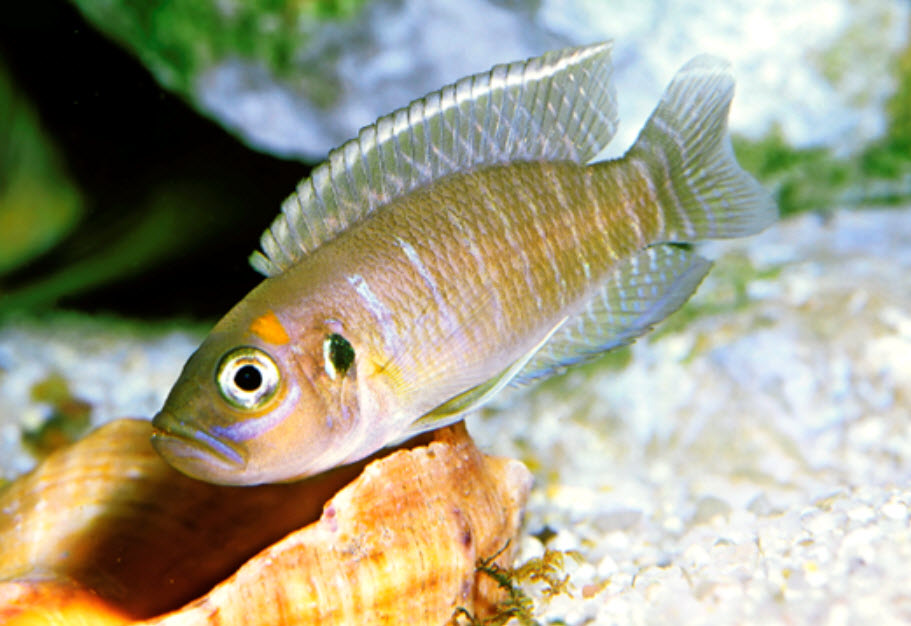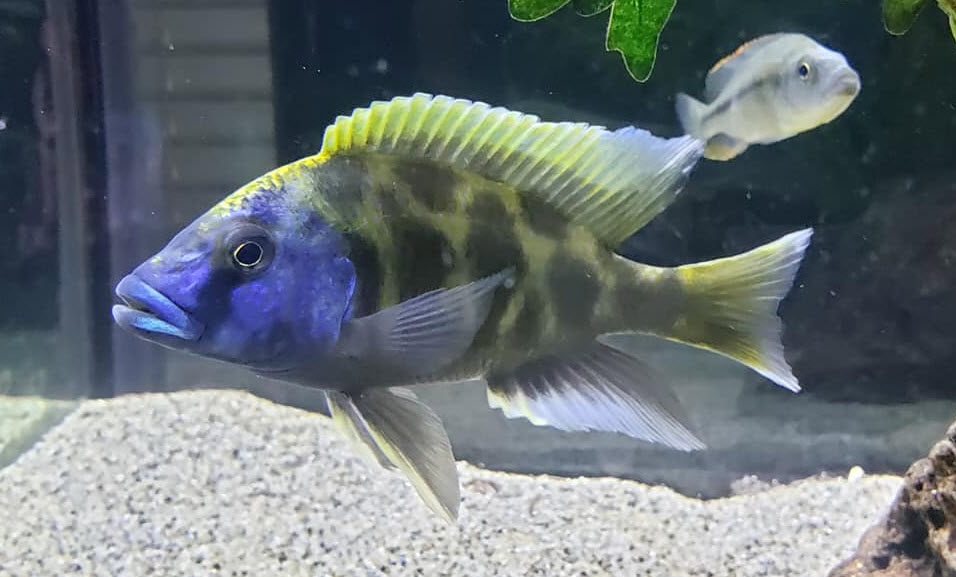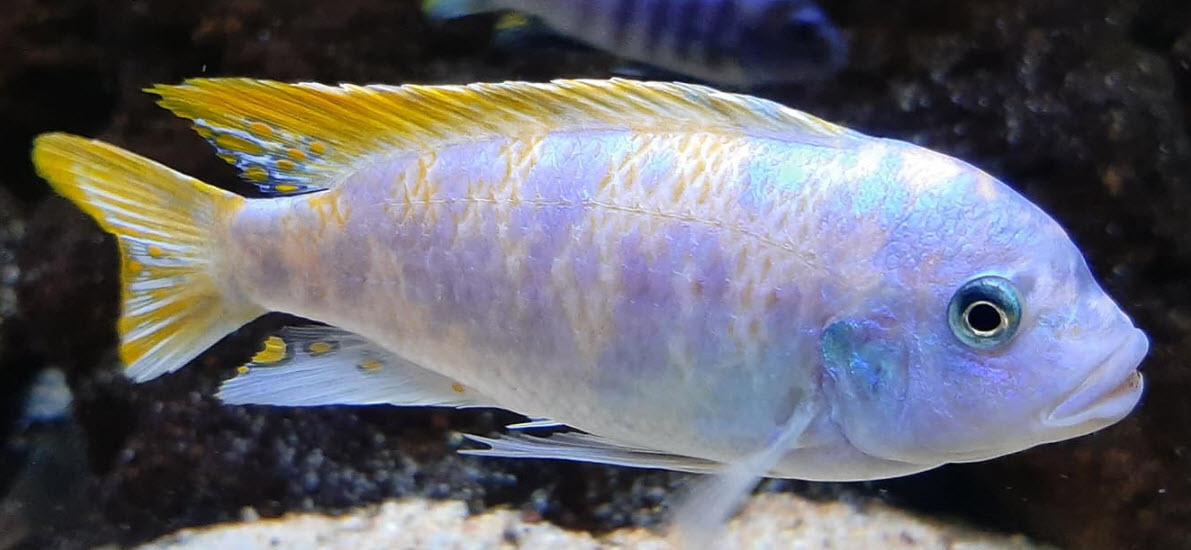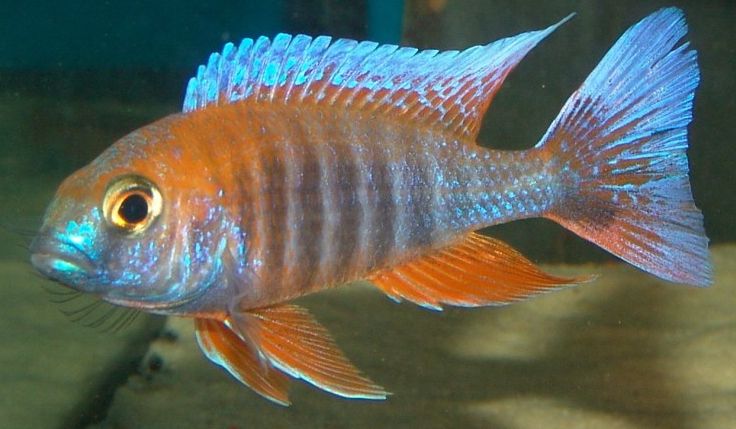
5.5.3.2.3. Prime, Safe and Sodium Dithionite
Prime and Safe are two water conditioners made by Seachem. The Seachem marketing department makes a series of claims about these two products which simply are not true. This article examines one of those claims.
Note that I admit I am decidedly biased against the Seachem Company. I can’t help it. The amount of “pseudoscientific bedazzlement” they put out on ALL their products is just nauseating. They mix real science in with simply impossible “snake oil” claims in a manner which is very misleading to “newbies” in the hobby. And they have threatened to sue me for “libel”. So the dislike is mutual.
The false claim examined by this article is:
.
False claim #3, Prime and Safe are not both Sodium Dithionite
.
Both Seachem Prime and Seachem Safe ARE the chemical sodium dithionite, confirmed by very accurate Raman spectrometry. But Seachem adamantly states that Prime and Safe are NOT sodium dithionite. Sodium dithionite is simply a chemical which looks like plain table salt. When dissolved in water, after a few weeks, this salt has a distinctive acidic sulfurous sewage smell. Chemically it is very similar to the other salt widely used in conditioners, namely sodium thiosulfate. Both these salts are chemically known as weak reducing agents.
Safe and Prime were tested with a DXR™2 Smart Raman spectrometer in a chemistry laboratory. Any professional chemist will confirm this spectrometer is extremely accurate to parts per billion. The tests confirmed these two products are both only sodium dithionite. Note that technically the Raman test confirmed that the solution of a salt in water that is Prime had the composition that sodium dithionite would have when dissolved in water.
Note this article gets pretty boring and is really only for the people who are complete nerds like the author.

Chemistry of Dithionite
Sodium dithionite removes chlorine because it is a weak reducing agent and chlorine gas is a strong oxidizing agent. It is exactly equivalent to sodium thiosulfate as a remover of chlorine, no better, no worse.
The reaction for sodium dithionite reacting with sodium hypochlorite (bleach chlorine) is:
Na2S2O4 + 3 NaClO + H2O = H2SO4 + Na2SO4 + 3 NaCl
There are several ways to write this equation. For instance in water sodium dithionite decomposes to sodium thiosulfate and sulfurous acid over a period of time.
2 Na2S2O4 + H2O = Na2S2O3 + 2 H2SO3
This sulfurous acid is the “sewage” smell you can get with Safe and Prime. These two chemical species then react with the chlorine to produce table salt
2Na2S2O4 + H2O –> Na2S2O3 + 2NaHSO3
Na2S2O3 + 4NaClO + H2O –> 2NaHSO4 + 4NaCl
2NaHSO3 + 2NaClO –> 2NaHSO4 + 2NaCl
2H2SO3 + 4NaClO + H2O -> 3 H2SO4 + 4 NaCl
So Prime and Safe do exactly the same thing as the thiosulfate conditioners.

Now many will argue that sodium dithionite in water decomposes into sodium trithionite and sodium bisulfite when dissolved in water:
Na2S2O4 + H2O = Na2S3O6 + NaHSO3
This is all a “tempest in a teapot”. It doesn’t change the basic sulfite to sulfate chemistry. In actuality when sodium dithionite dissolve in water the sodium completely disassociates from the dithionite. The dithionite ion then reacts with water in a whole series of ways to form a whole series of hydrogenated and unhydrogenated sulfite compounds: thiosulfate, dithionite, trithionite, hydrosulfite, dithionate, sulfite, metasulfite, metabisulfite and bisulfite. So the true equation looks somewhat like this:
S2O4 + H2O = S2O4 + S3O6 + S2O3 + HSO3 + H2SO3 + H2S3O6 + HS3O6 + SO2 + many others species
The exact mix is highly dependent on the pH of the water. It is all immaterial to the chemistry, They all are sulfite reducing agents and do exactly the same thing.
Note that the caution about overdoing Prime and Safe at anymore than 5X levels is a good caution. It is NOT because the conditioner will “use up” the oxygen. Rather it is because Prime and Safe decompose into sulfur dioxide (SO2 the sulfurous smell). In high quantities this is an irritant to the gills of fish. At very high concentrations it can kill fish.

Note that because the chemistry of Prime and Safe are “proprietary” the chemistry may well change over time depending on pricing and regulatory considerations. It does appear that there may have been the addition of formaldehyde to the latest versions of Prime and Safe. Formaldehyde stabilizes the dithionite by the formation of a compound called “Rongalite” or sodium hydroxymethanesulfinate via the following reaction.
Na2S2O4 + 2 CH2O + H2O → HO-CH2-SO3Na + HO-CH2-SO2Na
But Rongalite is odorless while sodium dithionite has a distinct acidic sulfurous sewage smell. Since the latest bottle of Prime I’ve received still has the sewage smell some two months after the bottle is opened there would appear that there is no formaldehyde in it. Note also that the addition of the formaldehyde does not change the fact that the compound is ONLY able to neutralize chlorine or chloramine.
Note the chemistry of sodium dithionite is well known as the compound is widely used in many applications, such as wood working. This chemistry includes the simple fact that sodium dithionite does absolutely NOTHING to ammonia, nitrite or nitrate. NOTHING! Not even “temporarily”. This is the reason Seachem doesn’t want to admit these two products are sodium dithionite.

Seachem’s Reply
This article containing the claim above that Prime and Safe are dithionite was sent to Seachem by a popular Facebook Forum Moderator, Ben Ochart. Their response was classic:
.


.
Let’s look at this letter in a little more depth.
Deflections in Letter
Most of this letter is what is known in the trade as “deflections”. They couldn’t find the author’s name, the exact spectrometric procedure wasn’t delineated, the domain registration is obscured, etc. etc.
These deflections are simply a smoke screen of no importance what-so-ever. These deflections are all easily refuted. For instance, if you have read research articles for a living for forty years like the author has, you will know that the research papers do NOT tell you all the details of a standard test such as running a Raman spectrometer test. There is no point to doing that.
Indeed, the “procedure” here was “Al, tell me what’s in these two bottles”. Next day: “Dave, they are both only sodium dithionite”. This was a “government job” (i.e. a job run for personal reasons, not company related) and one doesn’t do paperwork on government jobs.

Then this lawyer says spectrometry is like tasting a baked cookie and telling what’s in it. Interesting! Any chemist will tell you modern computer read Raman Spectrometers are accurate to parts per billion! And the Raman spectrometer is not capable of giving a “false positive”. It is an incredibly accurate piece of equipment well known to any chemist.
The lawyer completely ignores the only really important issue. Nowhere does the letter address the basic issue of what chemical Prime and Safe are if they are not sodium dithionite. NOWHERE! And nowhere does this lawyer reference any studies or research which can support Seachem’s claims. By the way, the Seachem support forum is also unable to produce one research study or a single piece of hard evidence that support ANY of the claims made for Prime and Safe. Not ONE SINGLE piece of hard evidence.
And one has to love all the verbiage about libel and slander. Typical lawyer posturing. Libel and slander only apply to what is said about people. One cannot libel or slander a product! Any first-year law student know that. And of course one has to make a statement which is false for there to be any issue with libel or slander. And no false statements have been made.
Note that it is interesting that a small firm such as Seachem has an in house lawyer working full time for them. The author has consulted with many small and medium sized firms and some large firms and he has NEVER EVER seen any firm with an in house lawyer. Seachem must be the subject of a lot of lawsuits to justify an in house lawyer.

But let’s ignore all the smoke screen in the letter and look at the only really important claim of the letter:
Prime and Safe are not both Sodium Dithionite
This lawyer said:
“Addressing the substance of the article, it is patently incorrect with respect to its conclusory statements about the composition of Seachem Prime and Seachem Safe. Sodium dithionite is not in the products”
.
“Sodium dithionite is not in the products”
.
That is what the Seachem lawyer says! Interesting.

The bottle of Prime clearly states that Prime is: “hydrosulfite salts”
The SDS (Safety Data Sheet) for Prime says it is “Proprietary aqueous solution of complexed hydrosulfite salts”. And one cannot lie on safety data sheets by law.
Hydrosulfite is another term for dithionite. “Salts” simply mean sodium.
Per Wikipedia:
“Sodium dithionite (also known as sodium hydrosulfite) is a white crystalline powder with a weak sulfurous odor.”
Sodium dithionite and sodium hydrosulfite have the same CAS number: 7775-14-6 & chemical formula so are in fact the same thing (CAS is the chemist’s bible). The names are pure synonyms of each other. So the bottles of the Seachem products and the MSDS say this product is dithionite but the lawyer says it isn’t dithionite???

The smell of Prime and Safe in water is about the same as sulfurous acidic raw sewage. If one smells Prime and the chemical sodium dithionite dissolved in water after a few weeks the smell is identical. Now this “nose test” is nowhere near as accurate as the spectrometer but it shouldn’t be ignored.
Sodium dithionite can be obtained over the internet as it is used in woodworking applications. If the small salt like crystals are compared to the crystals of Safe under a microscope, the crystals appear identical. They are clear crystals whose shape is identical, crystallizing in the monoclinic system. This is the least accurate piece of evidence, but it is still meaningful.

So there are six pieces of evidence:
- An incredibly accurate Raman spectrometer says that Safe and Prime are sodium dithionite.
- Seachem’s own package identifies it as dithionite
- The Seachem MSDS, which must by law be accurate, identifies it as dithionite.
- Our noses say it is dithionite
- The crystals of sodium dithionite and Safe are both clear
- The crystal shape of sodium dithionite is the same as Safe
Yet the lawyer says it isn’t dithionite. There is that old legal dictate: when faced with overwhelming evidence “Deny, Deny and Deny”. And the lawyer never says anything about what the alternative chemical formula of Safe or Prime might be. Nothing. Not a word. Not a hint!
The reason Seachem is so defensive about the composition of Prime and Safe is simply that the chemistry of dithionite is very well known and very simple. Sodium dithionite simply can’t do all the things Seachem says it does. It is a chemical impossibility.

Prime and Safe both decompose in water to form quantities of sulfur dioxide gas. Sulfur dioxide gas has a sulfurous sewage smell. Sulfur dioxide gas also can irritate the gills of the fish. In sufficient quantity it can even kill the fish.
This gives the hobbyist three good reasons not to use Prime or Safe:
- No one wants a smelly tank
- No one wants the gills of their fish to be irritated
- No one should want to support a company making false claims
Other False Claims
In addition to the false claim that Prime and Safe are not sodium dithionite, Seachem goes on to make the following false claims about Prime and Safe:
-
Prime and Safe detoxify ammonia, nitrite, and nitrate.
-
Prime and Safe used during cycling won’t affect the cycle time.
-
Only Prime and Safe remove chloramine, other conditioners are not effective with chloramines.
-
Prime is 5x more concentrated than competing products
-
Safe cannot be made into Prime. If diluted into a liquid, Safe must be used immediately.
All of these claims are nothing more than snake oil marketing hype with no more validity than the late night commercials for hair loss products or virility enhancing pills. To go to an article proving each claim false simply click on the link on the false claim. All of these claims are proven false by testing delineated in each of the articles.
.
Return to Prime and Safe Menu
Return to Poisons Menu
Return to Conditioner Page
.
Aquarium Science Website
The chapters shown below or on the right side in maroon lead to close to 400 articles on all aspects of keeping a freshwater aquarium. These articles have NO links to profit making sites and are thus unbiased in their recommendations, unlike all the for-profit sites you will find with Google. Bookmark and browse!
.

Angelo Paulino says
Ha!
Ian says
You say “Then this lawyer says spectrometry is like tasting a baked cookie and telling what’s in it. Interesting! Any chemist will tell you modern computer read Raman Spectrometers are accurate to parts per billion!”
I would add that a decent cook could tell you the ingredients from tasting a cookie. 🙂
Keep up the good work!
Morris says
Simply the best scientifically based aquarium website!
So much information that is virtually impossible to source elsewhere.
Thanks